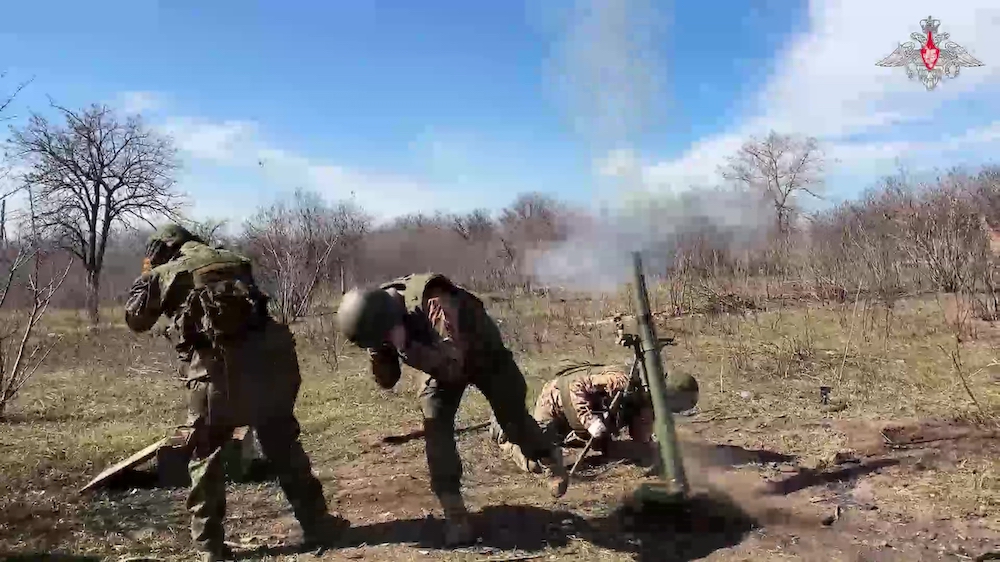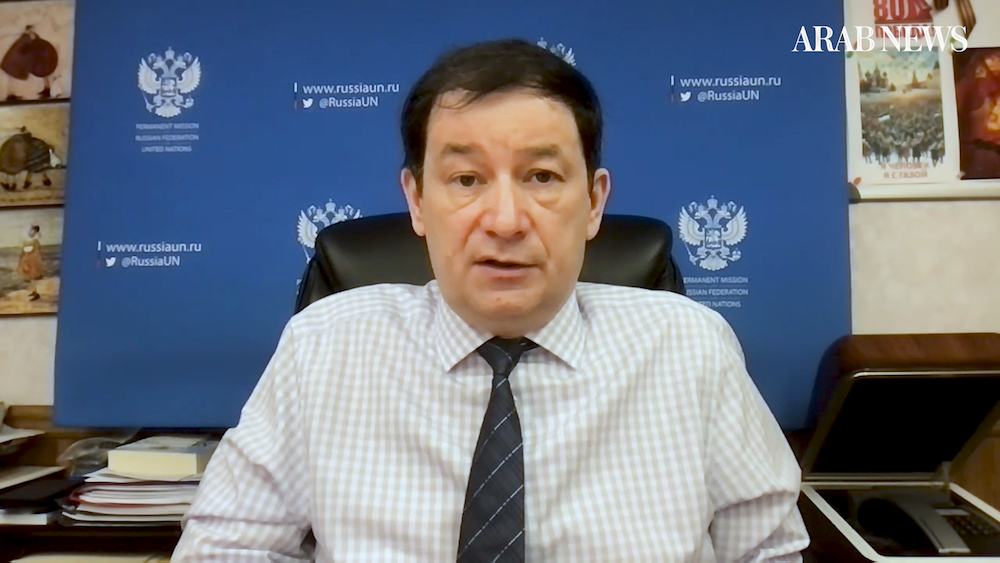NEW YORK: As students return to colleges across the United States, administrators are bracing for a resurgence in activism against the war in Gaza, and some schools are adopting rules to limit the kind of protests that swept campuses last spring.
While the summer break provided a respite in student demonstrations against the Israel-Hamas war, it also gave both student protesters and higher education officials a chance to regroup and strategize for the fall semester.
The stakes remain high. At Columbia University, President Minouche Shafik resigned Wednesday after coming under heavy scrutiny for her handling of the demonstrations at the campus in New York City, where the wave of pro-Palestinian tent encampments began last spring.
Some of the new rules imposed by universities include banning encampments, limiting the duration of demonstrations, allowing protests only in designated spaces and restricting campus access to those with university identification. Critics say some of the measures will curtail free speech.
The American Association of University Professors issued a statement Wednesday condemning “overly restrictive policies” that could discourage free expression. Many of the new policies require protesters to register well in advance and strictly limit the locations where gatherings can be held, as well as setting new limits on the use of amplified sound and signage.
“Our colleges and universities should encourage, not suppress, open and vigorous dialogue and debate even on the most deeply held beliefs,” said the statement, adding that many policies were imposed without faculty input.
The University of Pennsylvania has outlined new “temporary guidelines” for student protests that include bans on encampments, overnight demonstrations, and the use of bullhorns and speakers until after 5 p.m. on class days. Penn also requires that posters and banners be removed within two weeks of going up. The university says it remains committed to freedom of speech and lawful assembly.
At Indiana University, protests after 11 p.m. are forbidden under a new “expressive activities policy” that took effect Aug 1. The policy says “camping” and erecting any type of shelter are prohibited on campus, and signs cannot be displayed on university property without prior approval.
The University of South Florida now requires approval for tents, canopies, banners, signs and amplifiers. The school’s “speech, expression and assembly” rules stipulate that no “activity,” including protests or demonstrations, is allowed after 5 p.m. on weekdays or during weekends and not allowed at all during the last two weeks of a semester.
A draft document obtained over the summer by the student newspaper at Harvard University showed the college was considering prohibitions on overnight camping, chalk messages and unapproved signs.
“I think right now we are seeing a resurgence of repression on campuses that we haven’t seen since the late 1960s,” said Risa Lieberwitz, a Cornell University professor of labor and employment law who serves as general counsel for the AAUP.
Universities say they encourage free speech as long as it doesn’t interfere with learning, and they insist they are simply updating existing rules for demonstrations to protect campus safety.
Tensions have run high on college campuses since Oct. 7, when Hamas militants assaulted southern Israel and killed 1,200 people, most of them civilians, and took about 250 hostages.
Many student protesters in the US vow to continue their activism, which has been fueled by Gaza’s rising death toll, which surpassed 40,000 on Thursday, according to the territory’s Health Ministry.
About 50 Columbia students still face discipline over last spring’s demonstrations after a mediation process that began earlier in the summer stalled, according to Mahmoud Khalil, a lead negotiator working on behalf of Columbia student protesters. He blamed the impasse on Columbia administrators.
“The university loves to appear that they’re in dialogue with the students. But these are all fake steps meant to assure the donor community and their political class,” said Khalil, a graduate student at Columbia’s School of International and Public Affairs.
The university did not immediately respond to a request for comment Thursday.
The Ivy League school in upper Manhattan was roiled earlier this year by student demonstrations, culminating in scenes of police officers with zip ties and riot shields storming a building occupied by pro-Palestinian protesters.
Similar protests swept college campuses nationwide, with many leading to violent clashes with police and more than 3,000 arrests. Many of the students who were arrested during police crackdowns have had their charges dismissed, but some are still waiting to learn what prosecutors decide. Many have faced fallout in their academic careers, including suspensions, withheld diplomas and other forms of discipline.
Shafik was among the university leaders who were called for questioning before Congress. She was heavily criticized by Republicans who accused her of not doing enough to combat concerns about antisemitism on the Columbia campus.
She announced her resignation in an emailed letter to the university community just weeks before the start of classes on Sept. 3. The university on Monday began restricting campus access to people with Columbia IDs and registered guests, saying it wanted to curb “potential disruptions” as the new semester draws near.
“This period has taken a considerable toll on my family, as it has for others in the community,” Shafik wrote in her letter. “Over the summer, I have been able to reflect and have decided that my moving on at this point would best enable Columbia to traverse the challenges ahead.”
Pro-Palestinian protesters first set up tent encampments on Columbia’s campus during Shafik’s congressional testimony in mid-April, when she denounced antisemitism but faced criticism for how she responded to faculty and students accused of bias.
The school sent in police to clear the tents the following day, only for the students to return and inspire a wave of similar protests at campuses across the country as students called for schools to cut financial ties with Israel and companies supporting the war.
The campus was mostly quiet this summer, but a conservative news outlet in June published images of what it said were text messages exchanged by administrators while attending a May 31 panel discussion titled “Jewish Life on Campus: Past, Present and Future.”
The officials were removed from their posts, with Shafik saying in a July 8 letter to the school community that the messages were unprofessional and “disturbingly touched on ancient antisemitic tropes.”
Other prominent Ivy League leaders have stepped down in recent months, in large part due to their response to the volatile protests on campus.
University of Pennsylvania President Liz Magill resigned in December after less than two years on the job. She faced pressure from donors and criticism over testimony at a congressional hearing where she was unable to say under repeated questioning that calls on campus for the genocide of Jews would violate the school’s conduct policy.
And in January, Harvard University President Claudine Gay resigned amid plagiarism accusations and similar criticism over her testimony before Congress.
US colleges revise rules on free speech in hopes of containing anti-war demonstrations
https://arab.news/cxqgh
US colleges revise rules on free speech in hopes of containing anti-war demonstrations

- American Association of University Professors condemn “overly restrictive policies” that could discourage free expression
- Many student protesters in the US vow to continue their activism, which has been fueled by Gaza’s rising death toll





























